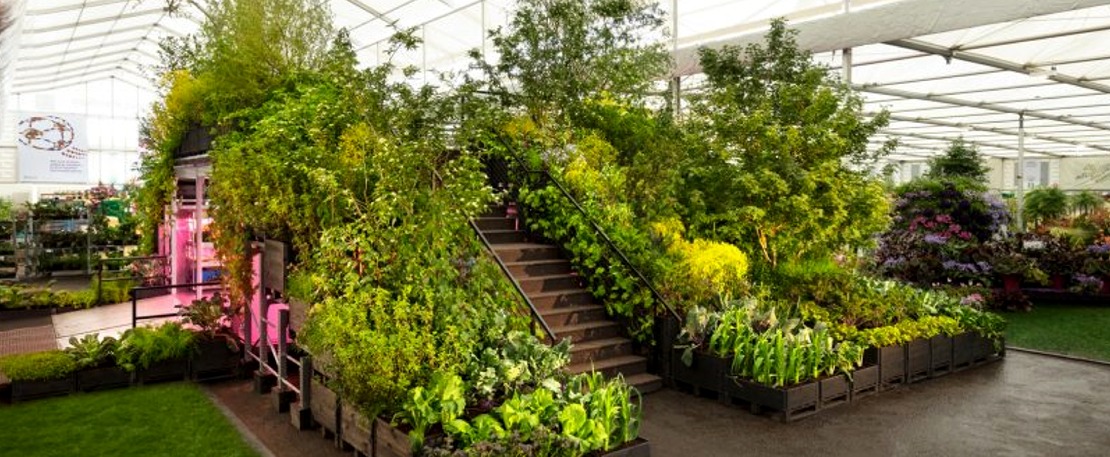Jesus Diaz of Fast Company writes:
The Swedish company, alongside British designer Tom Dixon, is now turning its ambitious vision for local farming into a series of real products, coming to stores in 2021.
Urban gardens will eliminate a lot of this waste because of location alone. Not to mention the packaging waste that will be eliminated if people can just grab a cucumber or a few tomatoes to make a salad from a hydroponic unit in their kitchen, a common building area, or a roof.
The title of Ikea and the designer Tom Dixon’s urban farming experiment, which has opened at the Chelsea Flower Show in London, is Gardening Will Save the World. The show is a tantalizing look at how to do that–a future where people in cities can grow their own food in kitchens and on rooftops with minimal energy consumption and near-zero carbon footprint.
Read more: Here's a first look at Ikea's utopian urban gardening project
 Greenroofs.comConnecting the Planet + Living Architecture
Greenroofs.comConnecting the Planet + Living Architecture






Jorg Breuning
If 10% of Americans (32.5 million) would buy the plastic boxes, with some sort of soil plastic bags, and if these little containers would create a growing area of 2 (two) square feet, these would add 2.3 miles² of growing area within the US. Not talking about the 40W light bulb to have enough light.
Every year the USA converts around 250,000 acre (390 miles²) into impervious areas by building roads (2/3) and roofs (1/3).
Conclusion:
1. Covering only 10% of the roofs with extensive green roofs will actually save the world with a fraction of the costs in construction, maintenance, operational costs and future waste = 13 miles²
2. If every Ikea store in the US (50) would have a green roof (average 320,000) this would be 0.6 miles²
3. If every Ikea parking lot would be covered with a green roof this would be an additional 2 miles².
Let us save the world without somebody who does not practice what they preach and save the world without another plastic box that lands on the trash in 10 years.
jbi